Sustainable agriculture hit me like a revelation the first time I stepped onto a small organic farm. The farmer, weathered hands deep in the soil, wasn’t just growing carrots—he was growing a legacy. I could smell the earth, hear the hum of bees, and feel a connection I didn’t expect. It made me wonder: could farming really heal the planet? That curiosity sparked a journey into sustainable agriculture, a practice that’s less about quick yields and more about long-term harmony.
So, what is it? Sustainable agriculture is farming that meets our needs today without robbing the future—balancing environmental health, community well-being, and economic viability. It’s a quiet revolution, and in this post, I’ll take you through its roots, its differences from traditional methods, and the innovations lighting its path. Whether you’re a gardener, a foodie, or just eco-curious, there’s something here for you. Let’s dig in!
Traditional vs. Sustainable Agriculture: What’s the Difference?
Farming’s been around forever, but not all methods are created equal. Here’s how traditional and sustainable agriculture stack up:
| Aspect | Traditional Agriculture | Sustainable Agriculture |
|---|---|---|
| Chemical Use | Loads of synthetic fertilizers and pesticides | Minimal or none; leans on natural solutions |
| Soil Health | Worn out by monocropping and heavy tillage | Rebuilt with compost and cover crops |
| Water Management | Guzzles water, often wastefully | Saves it with drip irrigation and harvesting |
| Biodiversity | Low; single-crop focus | High; thrives on variety |
| Energy Use | Fossil fuel-heavy | Shifts to renewables and local markets |
Traditional farming is a powerhouse for feeding millions, but it’s like borrowing from tomorrow to pay for today—soil erodes, water dries up, and ecosystems suffer. Sustainable agriculture, though, plays the long game. It’s not perfect (yields can dip initially), but it builds resilience. I’ve seen this firsthand volunteering at a sustainable farm—less waste, happier land. Curious about eco-friendly shifts? Check out our Zero Waste Guide.
Why Sustainable Agriculture Matters
Why care? Because it’s a lifeline:
- Planet-Friendly: Cuts pollution and emissions. A 2023 Sustainable Farming Report says it can slash greenhouse gases by 30%.
- Better Bites: Fewer chemicals mean cleaner food. The Organic Trade Association reports a 25% spike in organic sales since 2020.
- Money-Smart: Lower costs over time and premium prices for green goods.
- People Power: Strengthens local economies and food security.
I once joined a community-supported agriculture (CSA) program—picking up my weekly box felt like a handshake with the farmer. It’s personal, practical, and planet-saving. Want more on sustainable living? Peek at our Eco-Home Guide.
Key Insights: The Cool Stuff Happening in Sustainable Agriculture
This isn’t your grandpa’s farming. Here’s what’s shaking things up:
Permaculture: Nature’s Blueprint
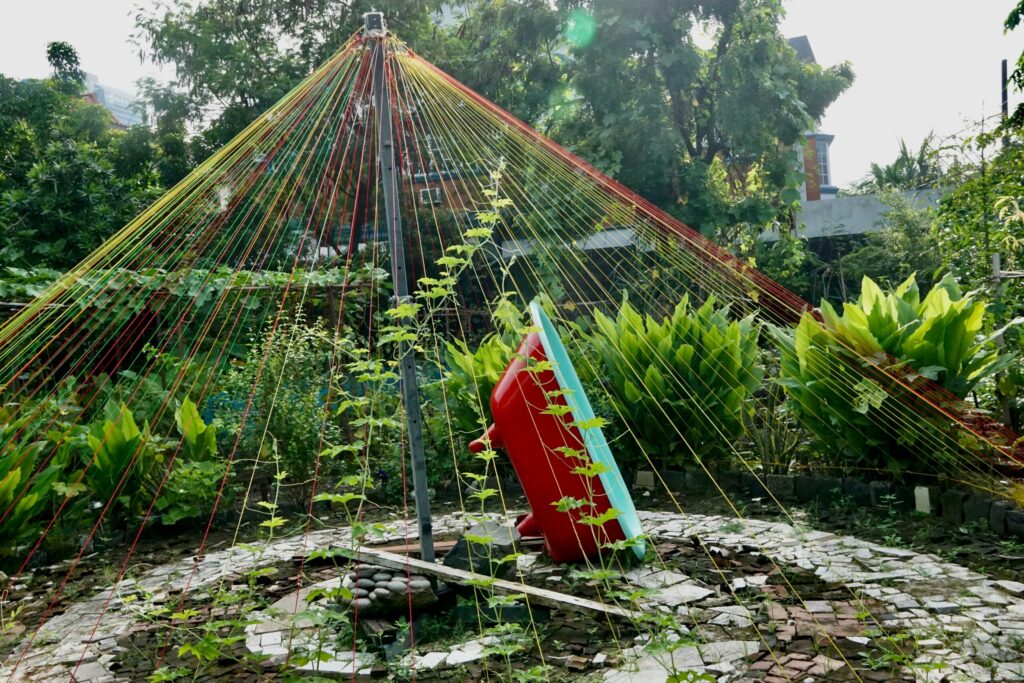
- What: Farming that mimics ecosystems.
- Why: Self-sustaining and low-maintenance.
- How: Think companion planting and edible forests. I helped plant one once—watching carrots and marigolds team up was pure magic.
Agroforestry: Trees + Crops = Win
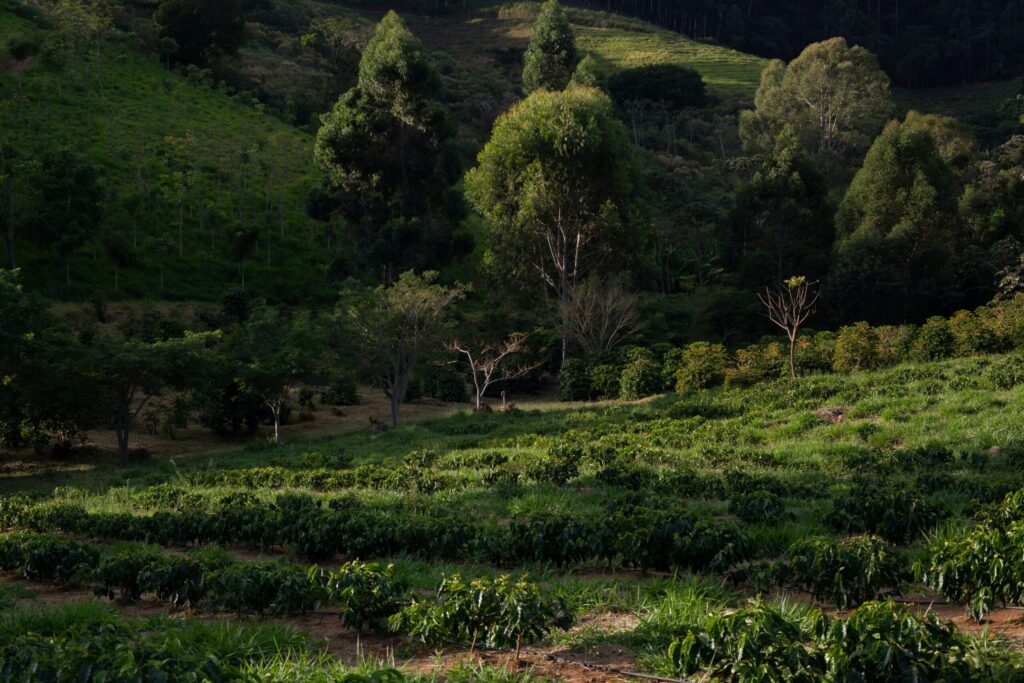
- What: Mixing trees with crops or livestock.
- Why: Boosts biodiversity and sucks up carbon.
- How: Grow almonds with grazing sheep. Our Green Garden Guide dives deeper.
Vertical Farming: Stacking the Future
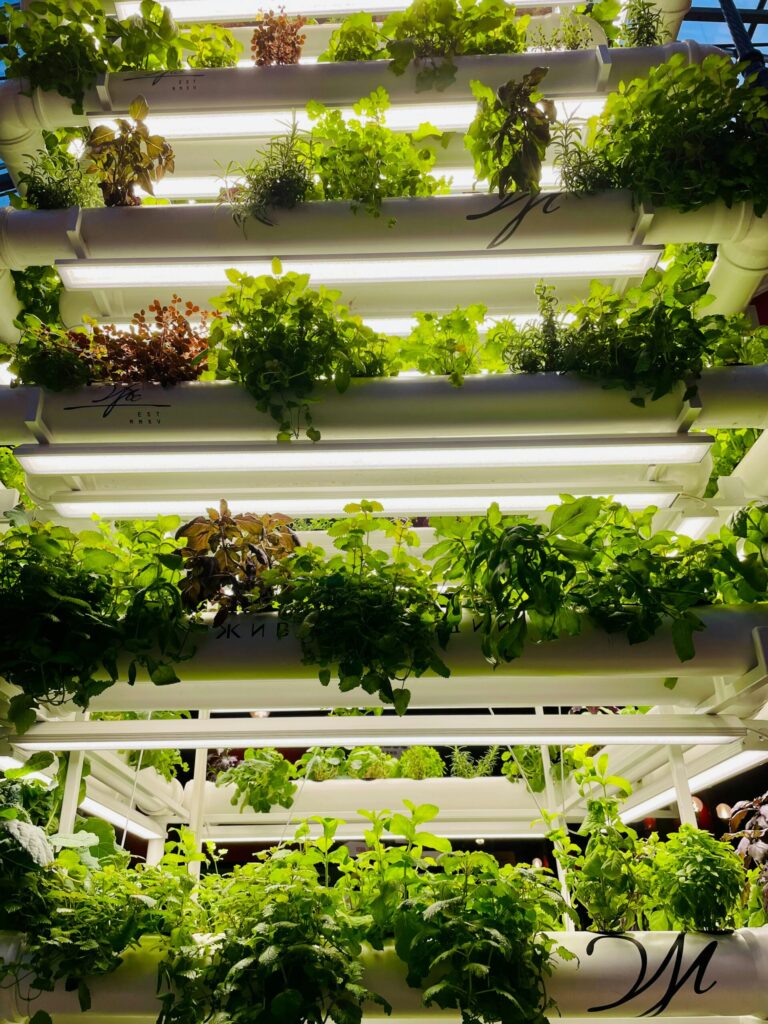
- What: Crops in layers, often indoors.
- Why: Saves space and 90% of water.
- How: Hydroponics in city warehouses. I toured one—it’s sci-fi meets salad.
Regenerative Agriculture: Healing the Land

- What: Restoring soil and ecosystems.
- Why: Fights degradation head-on.
- How: No-till and rotational grazing. A friend’s farm went regenerative—his soil’s now a sponge for rain.
These aren’t just ideas; they’re happening now. For more cutting-edge vibes, see our Environmentally Friendly Technology Guide.
Scaling It: Sustainable Agriculture for All
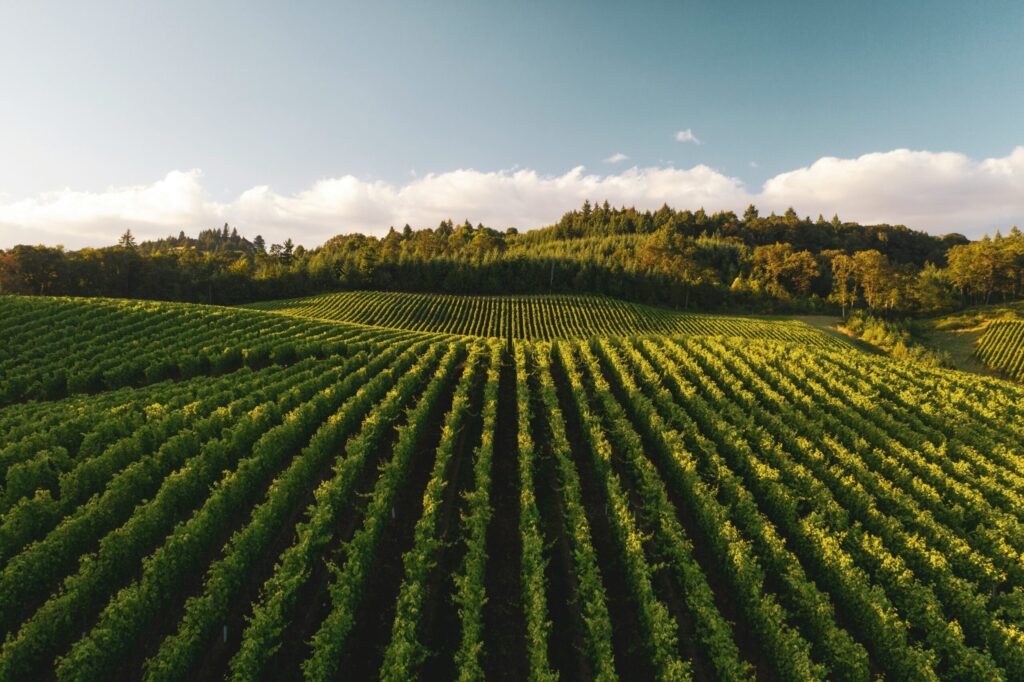
It works everywhere:
- Small Farms: Diverse crops, local sales, tight-knit communities.
- Big Farms: Precision tech, renewable energy, less waste.
- Urban Farms: Rooftop gardens and aquaponics.
I set up a rainwater system for an urban farm once—their water bill thanked me. More on small-scale wins in our Bamboo Garden Guide.
Community Impact: Beyond the Field
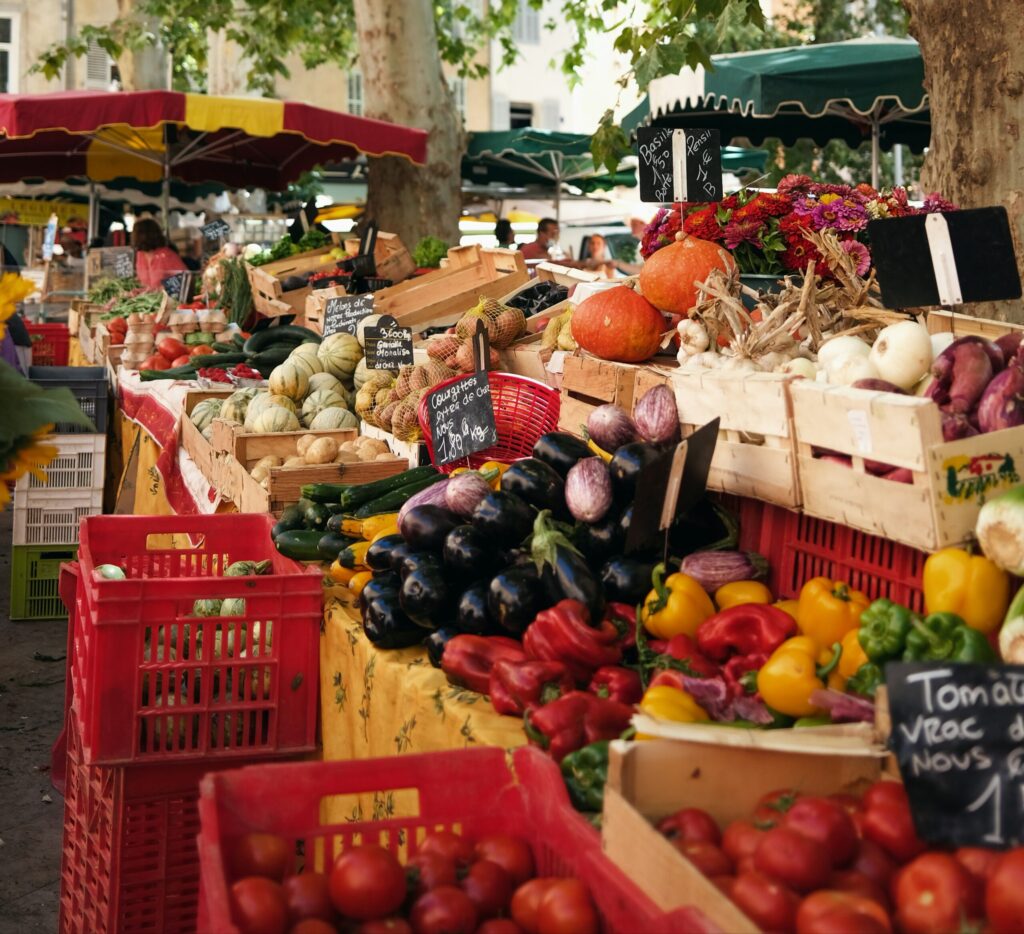
It’s not just dirt—it’s people:
- Jobs: Boosts local markets and farmers.
- Food Security: Diverse crops mean fewer shortages.
- Learning: Kids grow up valuing the land.
A 2024 Community Farming Report found 20% better food security in sustainable areas. More on this in our Social Sustainability Guide.
Challenges: The Real Talk
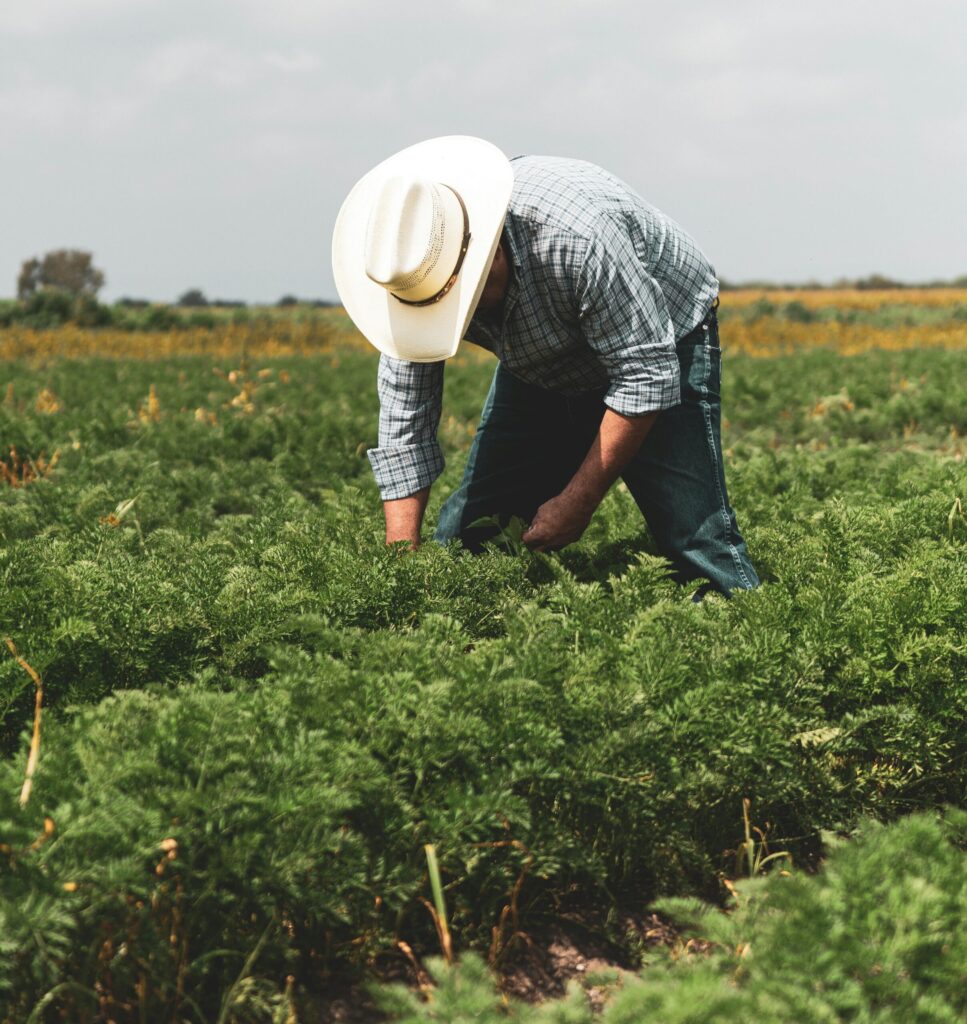
It’s not easy:
- Cost: Upfront expenses sting. Solution: Grants or crowdfunding.
- Learning Curve: New skills take time. Solution: Workshops or online hubs.
- Market Reach: Niche products need buyers. Solution: Sell direct.
A workshop I attended bridged that knowledge gap—connecting with others made it less daunting. See our Rain Gardens Guide for more problem-solving tips.
The Future: Where’s This Going?
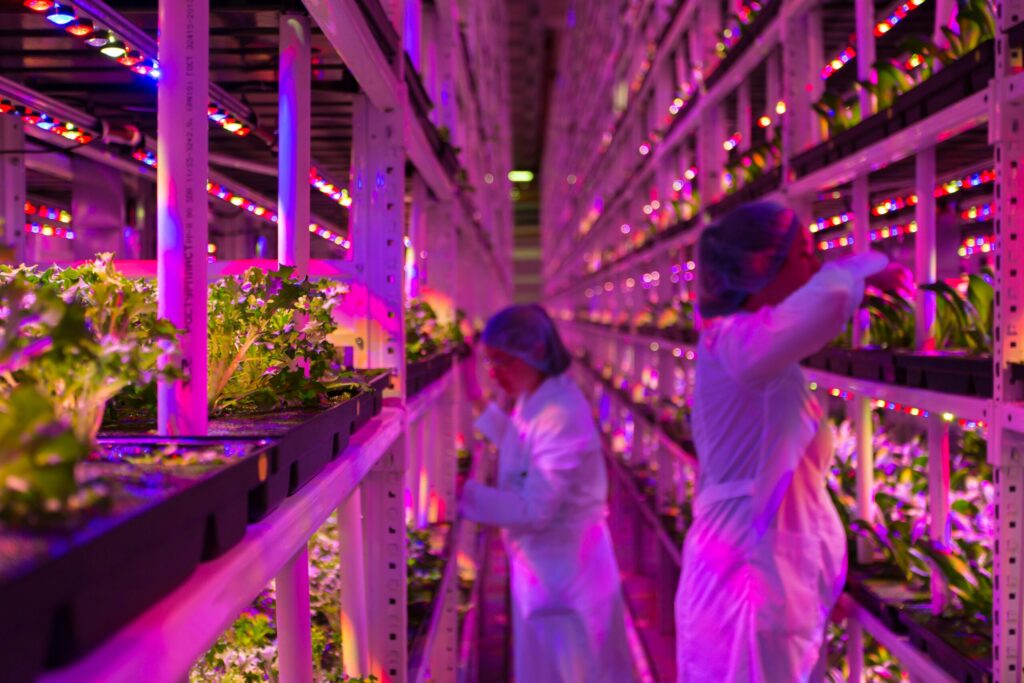
It’s looking green:
- Tech: Drones and AI will fine-tune efficiency.
- Policy: Governments are stepping up with incentives.
- Demand: Shoppers want sustainable options—now.
Our Lush Sustainability Guide has more on what’s next.
Conclusion: Your Turn to Grow
Sustainable agriculture isn’t just farming—it’s a promise. My time on that organic farm showed me small acts (composting, buying local) spark big change. It tackles climate chaos, feeds us better, and roots us in community. So, what’s your move? Plant a seed, visit a farm, or share this post. The planet’s waiting.
Love this? Explore our Organic Gardening Guide or drop a comment—I’d love to hear your thoughts!
FAQ
What’s sustainable agriculture in a nutshell?
Farming that balances today’s needs with tomorrow’s resources—good for the earth, people, and wallets.
How does it help the environment?
It cuts pollution, saves water, and boosts biodiversity, easing climate change’s bite.
Is it pricey to start?
Upfront, yes—but long-term savings and market perks balance it out.
Can it feed everyone?
With innovations like vertical farming, absolutely—it’s scalable and sustainable.

